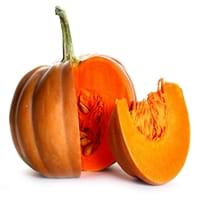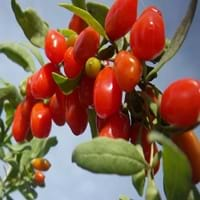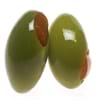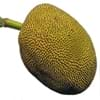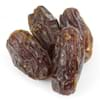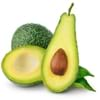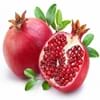Health Benefits
Arthritis treatment, Cancer prevention, High Cholesterol Regulation, Lower blood pressure, Helps Prevent cataract, Prevents gall stones, Ulcer treatment, Weight loss properties
Anti-oxidant properties, Eye care, Helps in cartilage regeneration, Regulates Blood Sugar, Treatment of osteoarthritis
General Benefits
Boosts respiratory health, Eliminate parasites and infections, Protects against birth defects, Strengthens bones
Boosts immune system, Digestive aid
Skin Benefits
Heals sunburn, Hydrates skin, Skin rejuvenation
Anti-aging benefits, Reduces wrinkles, Treatment of skin diseases
Hair Benefits
Regulates hair growth
Protects hair, Regulates hair growth
Allergy Symptoms
Abdominal cramps, Anaphylaxis, Digestive Problems, Dizziness, Eczema, Fainting, Hives, Inflammation, Itching, Tingling sensation in wrist and face, Vomiting, Wheezing
Anaphylaxis, Itching, Sneezing, Wheezing
Side Effects
Kidney and gallbladder diseases
May interact with some drugs
Best Time to Eat
Along with meal, Don't eat after meal, Morning time (before lunch)
Any time except an hour after meal, Don't consume at night and before bed
Vitamin B5 (Pantothenic Acid)
Vitamin C (Ascorbic Acid)
Vitamin K (Phyllochinone)
Calories in Fresh Fruit with Peel
Calories in Fresh Fruit without Peel
Not Available
Calories in Frozen Form
Not Available
Calories in Dried Form
Not Available
Calories in Canned Form
Not Available
Season
All seasons
Autumn
Varieties
Jarrahdale, Peanut, Lakota, Cow, Sugar, Caribean, Red kuri, Buttercup and Pink lady
No Types
Color
Blue, Green, Orange, Red, White
Scarlet red
Inside Color
Creamy Yellow
Orange
Taste
Creamy, Soft, Sweet
Slightly bitter, Tart
Soil Type
Clay loam, Sandy loam, Well-drained
Well-drained
Climatic Conditions
Warm to hot climate
Cold, Hot
Facts about
- The name pumpkin has its roots in the Greek word ‘pepon’, meaning ‘large melon’.
- The largest pumpkin ever grown weighed 1,140 pounds.
- Pumpkins were once known for removing freckles & curing snake bites.
- Study says a man named Li Qing Yuen used to eat goji berries daily and lived for 252 years.
- They are also known as wolfberries in India & China.
- This fruit is used for spiritual purposes at many places.
Other Countries
Egypt, India, Indonesia, Iran, Italy, Mexico, Russia, Spain, United States of America
Canada, France, India, United States of America
Top Importer
United States of America
United States of America
Botanical Name
Cucurbita maxima
Lycium barbarum
Synonym
Cucurbita pepo, Squash
Wolfberry
Subkingdom
Tracheobionta
Tracheobionta
Division
Magnoliophyta
Unknown
Class
Magnoliopsida
Unknown
Subclass
Dillenhidae
Asteridae
Order
Cucurbitales
Solanales
Family
Cucurbitaceae
Solanaceae
Species
Cucurbita mixta
L. barbarum
Generic Group
Not Available
Not Available
Difference Between Pumpkin and Gojiberry
We might think that Pumpkin and Gojiberry are similar with respect to nutritional value and health benefits. But the nutrient content of both fruits is different. Pumpkin and Gojiberry Facts such as their taste, shape, color, and size are also distinct. The difference between Pumpkin and Gojiberry is explained here.
The amount of calories in 100 gm of fresh Pumpkin and Gojiberry with peel is 26.00 kcal and 32.00 kcal and the amount of calories without peel is 30.00 kcal and Not Available respectively. Thus, Pumpkin and Gojiberry belong to and category.These fruits might or might not differ with respect to their scientific classification. The order of Pumpkin and Gojiberry is Cucurbitales and Solanales respectively. Pumpkin belongs to Cucurbitaceae family and Gojiberry belongs to Solanaceae family. Pumpkin belongs to Cucurbita genus of Cucurbita mixta species and Gojiberry belongs to Lycium genus of L. barbarum species. Beings plants, both fruits belong to Plantae Kingdom.
